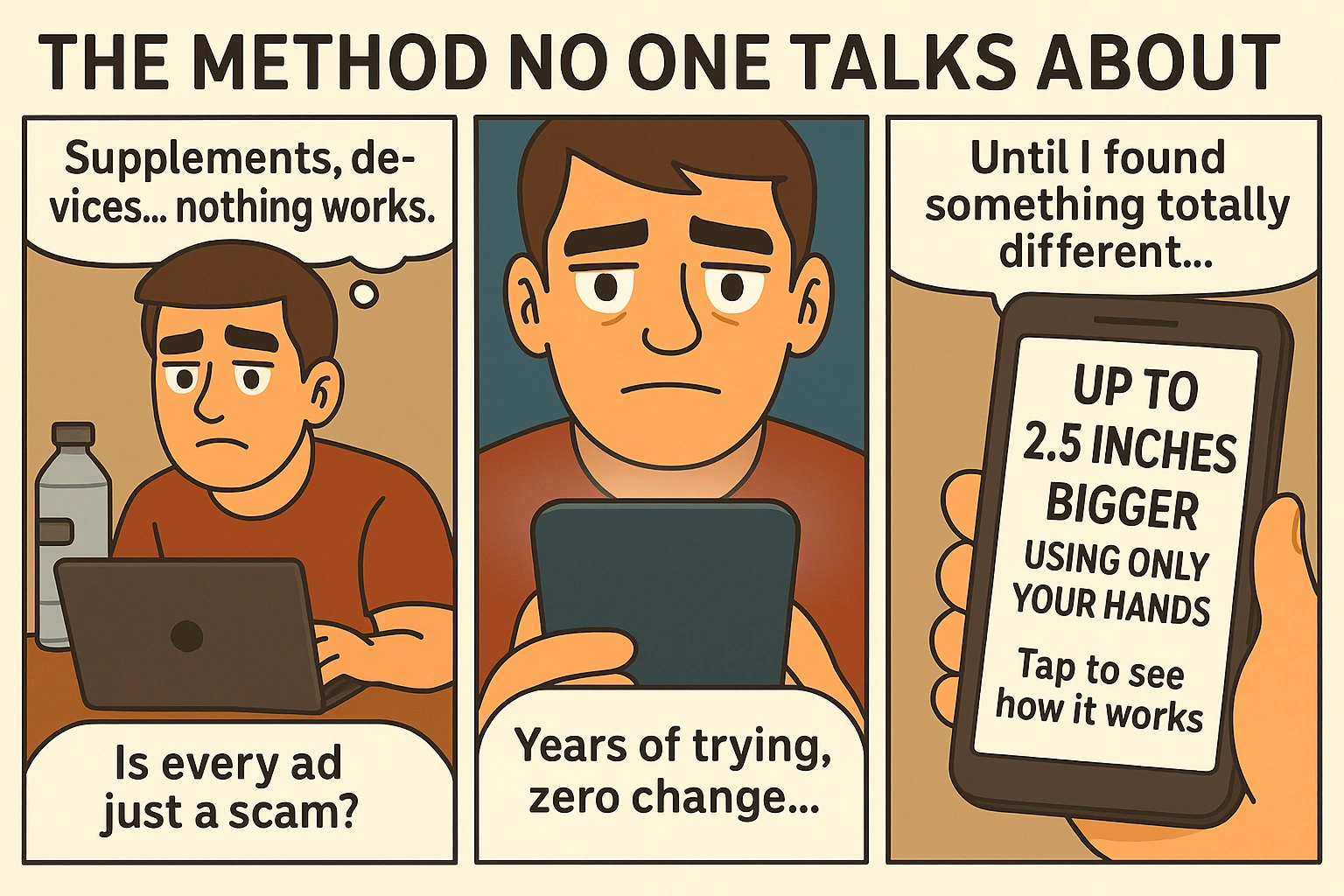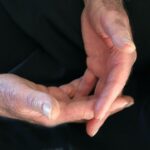🏋️♂️ Testosterone on Overdrive: The Muscle-Hormone Connection Explained
Most men hit the gym to build muscle or lose fat. But what if we told you that the real prize is hormonal? The benefits of weight lifting for testosterone go far beyond aesthetics — they impact your mood, sex drive, energy, and even your confidence.
The Science Behind Lifting and Testosterone
Resistance training activates large muscle groups, which triggers a cascade of hormonal reactions. Studies show that compound lifts like squats, deadlifts, and bench press significantly boost testosterone — especially when done with intensity and proper rest between sets.
Why Testosterone Matters More Than You Think
Testosterone is the king hormone for men. It governs everything from libido and sperm production to muscle growth and cognitive function. Low levels can lead to depression, brain fog, and a weak sex drive. By tapping into the benefits of weight lifting for testosterone, you’re not just improving your physique — you’re taking control of your masculine edge.
Best Weight Lifting Strategies for Maximum Testosterone
- Lift heavy: Aim for 6–10 rep ranges with challenging weights.
- Go compound: Prioritize squats, deadlifts, and rows.
- Keep rest moderate: 60–90 seconds between sets maximizes hormonal response.
- Train 3–4x per week: Avoid overtraining, which can backfire.
If you’re also looking to improve circulation for better performance, see our article on how to increase pelvic blood flow.
Weight Lifting and Libido: What’s the Link?
Testosterone directly influences sex drive. As your levels rise from consistent strength training, many men report spontaneous erections, higher sexual desire, and more intense orgasms. It’s nature’s reward system — work your body, and your body works for you.
Pairing Diet with Training for Hormonal Gains
Lifting weights is powerful, but pairing it with the right foods multiplies the effect. Focus on testosterone-friendly meals rich in:
- Healthy fats: Eggs, avocado, nuts
- Zinc: Shellfish, beef, pumpkin seeds
- Magnesium: Dark leafy greens, bananas
Want to go deeper? Check out the complete testosterone friendly diet blueprint.
Stress Reduction Through Lifting
Lifting weights doesn’t just build muscle — it melts stress. When you train, your body releases endorphins, which elevate mood and suppress cortisol. That’s huge because high cortisol kills testosterone. This is also why guys under constant pressure often ask: can too much stress affect erections?
Don’t Just Train. Transform.
Hitting the gym without understanding your hormones is like driving blindfolded. You might get somewhere, but not without damage. When you focus on the benefits of weight lifting for testosterone, every rep has purpose, every set has power, and your progress goes far beyond the mirror.
Testosterone and Age: Can Lifting Reverse the Decline?
After age 30, men’s testosterone levels begin to decline naturally at a rate of about 1% per year. That might sound small, but over a decade, it becomes significant. The good news? Research shows that regular weight lifting can blunt or even reverse this age-related decline.
One study from the Journal of Strength and Conditioning Research found that older men who engaged in resistance training three times a week had testosterone levels comparable to younger, sedentary males. In other words, lifting weights doesn’t just maintain hormones — it can rewind the clock.
How Long Until You See Hormonal Changes?
If you’re just starting out, be patient. It takes consistent training to stimulate the endocrine system. Most men begin to notice changes in energy, libido, and mood within 4–6 weeks of lifting 3–4 times per week. Strength gains are usually accompanied by a hormonal response that continues to build over months.
Combine this training with smart nutrition and sleep (check our article on how to improve mood and libido naturally) and your transformation will accelerate.
How Overtraining Kills Testosterone
While exercise boosts testosterone, too much of it without recovery has the opposite effect. Overtraining increases cortisol — the stress hormone — and suppresses testosterone production. Signs of overtraining include:
- Persistent fatigue
- Insomnia or restless sleep
- Low libido
- Stalled progress or muscle loss
To avoid this, balance your workouts with adequate rest. Two days off per week and 7–8 hours of sleep nightly are non-negotiable.
Testosterone, Muscle, and Sex Appeal
Muscles are more than just a symbol of strength — they’re a signal of virility and high testosterone. Women subconsciously associate a lean, muscular physique with genetic fitness and sexual capability. When you increase testosterone through weight lifting, you’re not only feeling more confident — you’re becoming more attractive to others.
Real-Life Results from Real Men
John, 38, started lifting after struggling with fatigue and low libido. Within 8 weeks, he reported better sleep, higher energy at work, and a revitalized sex life. His wife noticed the difference. “He came alive again,” she said. This isn’t magic — it’s science. And it’s within your reach.
The Psychological Power of Training
Testosterone is tightly connected to dominance, motivation, and competitive drive. Strength training boosts dopamine and serotonin — two brain chemicals essential for mood and focus. This is why many men feel sharper, more ambitious, and less anxious once they make lifting a habit.
Final Word: Build Strength, Build Testosterone
The benefits of weight lifting for testosterone go beyond biceps. This is about reclaiming control of your biology. About stepping into your masculine power. It’s not just a workout — it’s a life upgrade.
For a full system that enhances your growth, stamina, and performance from the inside out — explore the complete natural enhancement method now.
Cardio vs. Weight Lifting: Which Boosts Testosterone More?
While both cardio and weight training have health benefits, they affect your hormones in very different ways. Long-duration cardio like running or cycling can actually lower testosterone when overdone. This is common among endurance athletes who experience drops in libido, fatigue, and even muscle wasting.
On the other hand, strength training — especially heavy lifting — sends a clear signal to your body to produce more testosterone. It’s a biological adaptation: more muscle requires more hormonal support. So, while cardio is great for heart health, it’s resistance training that fuels your masculinity.
It’s Time to Lift With Purpose
If you’re tired of feeling sluggish, unmotivated, or uninspired in the bedroom — lifting weights could be your turning point. You’re not just building a better body. You’re building better hormones, better mental health, and better sex. That’s the triple threat of masculine power.
Make the commitment. Your future self — and your partner — will thank you.
💪 Testosterone Boost: Lifters vs. Non-Lifters
| Hormonal Factor | Inactive Men | Strength-Trained Men |
|---|---|---|
| Total Testosterone | Lower baseline levels | Significantly elevated |
| Free Testosterone | Often bound by SHBG | Freed by compound training |
| Libido | Inconsistent, sluggish | Stronger and more spontaneous |
| Mood & Energy | Flat or stressed | More stable and driven |
🤔 Frequently Asked: Testosterone & Training
Do I need to lift heavy to boost testosterone?
You don’t need to max out, but you do need intensity. Focus on compound lifts in the 6–10 rep range with good form and progressive overload. This is where testosterone thrives.
Can too much training lower my testosterone?
Absolutely. Overtraining leads to elevated cortisol, which suppresses testosterone. That’s why recovery days, quality sleep, and proper nutrition are part of the hormonal equation.
 Image representing: Why Lifting Weights Is a Game-Changer for Testosterone and male power – via supremepenis.com
Image representing: Why Lifting Weights Is a Game-Changer for Testosterone and male power – via supremepenis.com







